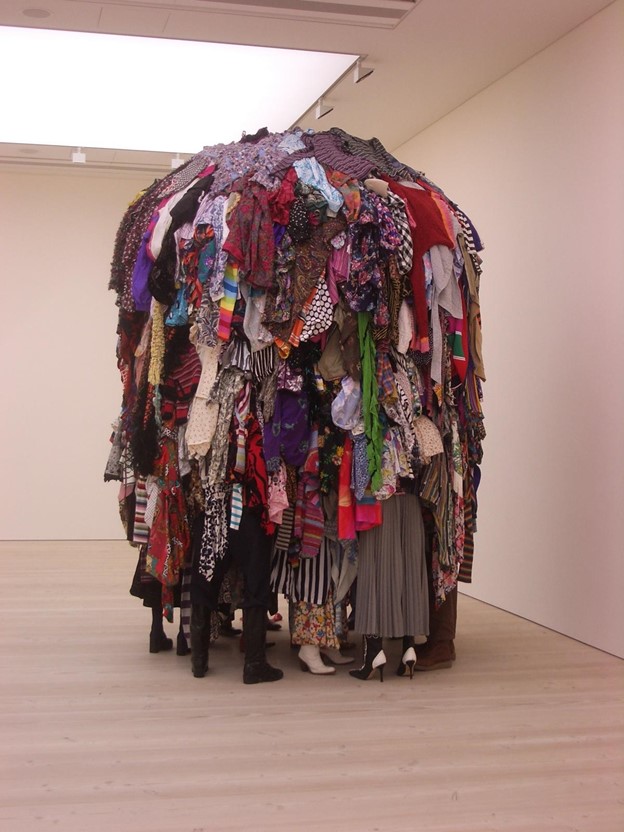Fast fashion has become extremely popular in recent years, even though it is a negative production method that needs to be eradicated. Originating from mass production in the 20th century, fast fashion describes production methods meant to offer on-trend clothing at low prices. High school senior Tori Kemmerling said she shops from companies deemed fast fashion because it’s cheap, the quality seems good, and it ships fast. Due to these aspects, many have come to view fast fashion as a good thing. What many are unaware of, though, is that fast fashion is incredibly harmful not only to the environment but also to those creating the clothing.
High school teacher and fashion club adviser Rachel Hoffman noted that fashion is one of the most polluting industries. The European Commission’s Institute for Prospective Technological Studies found that 24.3% of textile waste is sent into an incineration process that creates large amounts of carbon dioxide and that 57.1% of textile waste is sent to harmful landfills. In addition to harming the environment, the workers behind this production are severely mistreated in their sweatshops. These companies can often get away with it due to the major use of outsourcing and subcontracting. Sweatshops are typically based in high-poverty areas and exploit mainly women and children. The majority of child labor is focused on agricultural production, including the harmful production of cotton, as the International Labor Organization found. Companies such as SHEIN and Temu have been identified by the Congressional Select Committee as using forced labor camps in China to target Uyghur Muslims and other minorities. Rachel Hoffman told her sewing students, “Imagine sitting in front of this for fourteen hours a day.” The conditions these people are forced to endure for minimal pay, if any, are inhumane.
Instead of allowing fast fashion to continue to grow, we should invest in other sustainable ideas. While liking the benefits of fast fashion, Tori Kemmerling acknowledges that there “could be more ways to get the same product.” Some alternatives include thrifting, reselling clothes online, and using more eco-friendly materials. Apps like Depop and Poshmark are well known for their purpose of selling/reselling clothing and accessories. Buying second-hand, whether it’s in a thrift store or online, has become extremely popular. Rachel Hoffman highlighted fashion designer Stella McCartney, who is exclusively vegan and uses only natural materials. As adviser for the fashion club at Pennridge, Hoffman also gave an inside secret on a possible fashion swap/clothing drive coming up in March, so keep an eye out and support local sustainability.
Sources:
https://labfresh.co/pages/fashion-waste-index?shpxid=bc8109e0-cd7d-4853-9c53-e43006e1c75a





